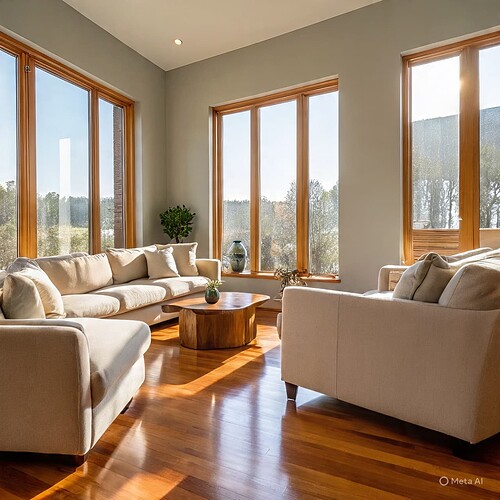Natural light is one of the most powerful elements in home design, yet it’s often underestimated. It has the ability to transform a space completely, making rooms feel larger, warmer, and more welcoming. Unlike artificial lighting, natural light shifts throughout the day, adding depth, mood, and life to interiors. For many homeowners and designers, it’s not just a practical feature—it’s a key ingredient in creating a comfortable and beautiful home.
One of the most immediate effects of natural light is how it impacts the atmosphere of a room. A sunlit living area feels open and lively, while a bedroom with soft morning light feels calm and soothing. Beyond aesthetics, natural light has health benefits too—it boosts mood, regulates sleep patterns, and can even increase productivity. That’s why home offices and study spaces often benefit from being positioned near windows.
From a design perspective, natural light also highlights colors and textures more vividly. Paint shades look truer, fabrics show their detail, and wooden finishes reveal their richness when illuminated by daylight. A room that might appear dull under artificial lighting can feel entirely different once sunlight flows in. This is why architects carefully consider window placement, skylights, and open layouts when designing homes.
Natural light also connects the indoors with the outdoors. Large windows or glass doors blur the boundary between home and nature, making spaces feel more expansive and harmonious. For homes in scenic areas, natural light helps frame the view, almost like turning the landscape into living artwork.
Of course, balance is important. Too much direct sunlight can cause glare or make a room uncomfortably hot, while too little can leave a space feeling gloomy. This is where smart design choices—like sheer curtains, blinds, reflective surfaces, or strategically placed mirrors—come into play. They help control and maximize natural light without overwhelming the room.
Another important factor is sustainability. Homes that are designed to take advantage of daylight often use less artificial lighting, reducing energy consumption. This not only benefits the environment but also lowers utility costs. In today’s world, where eco-friendly living is increasingly valued, natural light plays a crucial role in greener home design.
At the end of the day, natural light is more than just illumination—it shapes how we experience a home. It influences mood, health, design, and even the sense of connection we feel with our surroundings. Whether it’s a sunlit kitchen that encourages family gatherings or a cozy reading nook by a window, natural light has the power to make spaces feel truly alive.
